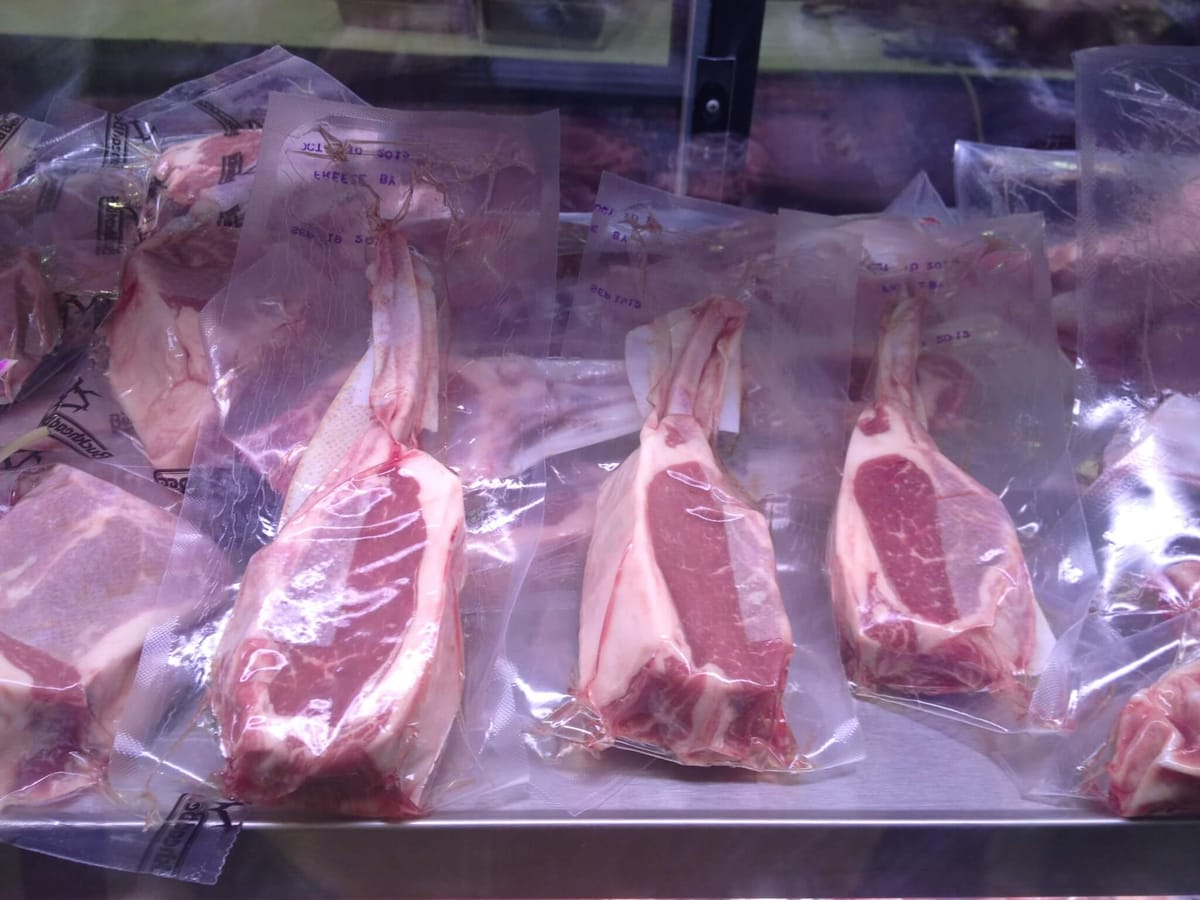More than 1.7 million pork meals have been delivered to nearly 570,000 people in need under the New Zealand Government’s food bank initiative.
Independent butchers were not allowed to open fully for retail customers under the COVID-19 Alert Level 4 and 3 restrictions, resulting in a surplus of up to 5,000 pigs on New Zealand farms every week and a looming animal welfare issue.
In May, the Government announced it would purchase, at cost, 40 per cent of the pork surplus created during the COVID-19 lockdown for distribution to New Zealand food banks.
Since then, KiwiHarvest national food rescue network, in partnership with NZ Pork and the Ministry for Primary Industries, has been busy distributing the pork to 96 community organisations and
foodbanks in 58 locations around the country.
Approximately 1,168 pallets of pork products, totalling 597 metric tonnes, has been delivered to food banks by 10 July. In all, about 1,240 pallets, totalling about 630 metric tonnes, will be delivered over the course of the six-week programme.
“This has been a very successful and innovative programme on every level,” says David Baines, chief executive of NZ Pork.
“It is providing quality nutritious food to communities in need and has enabled surplus pork to be moved off-farm and through the supply chain, helping to avert what was a looming animal welfare crisis. It has also delivered much-needed cash to pork wholesalers who were under severe cash-flow and profitability pressure.“
Under the scheme, the Government agreed to purchase surplus pork up to a maximum of 2,000 pigs or 112,000 kilograms per week. The pigs are sent from farm to processors for packing into vacuum-
packed cuts suitable for handling by food banks, and delivered to communities in need by KiwiHarvest.
KiwiHarvest founder Deborah Manning says the scheme has helped to meet the significant and sustained increase in demand for the organisation’s food rescue and food insecurity services.
“The economic impact of COVID-19 means that even more people around the country are struggling and we have seen a sharp and sustained increase in demand.
“This partnership with Government and New Zealand Pork has helped KiwiHarvest to put good, nutritious food on the table for families in need.”
The highest demand for support through the scheme has been on the East Cape, followed by the Eastern Bay of Plenty, then Auckland, Christchurch, Hastings and Masterton, she says.
Waikato pig farmer Bindi Ground recently represented the New Zealand pork sector at an event hosted by Te Waimana Kaaku Ngai Tuhoe Iwi in the eastern Bay of Plenty, to express the communities’ thanks for the meat provided through the scheme.

